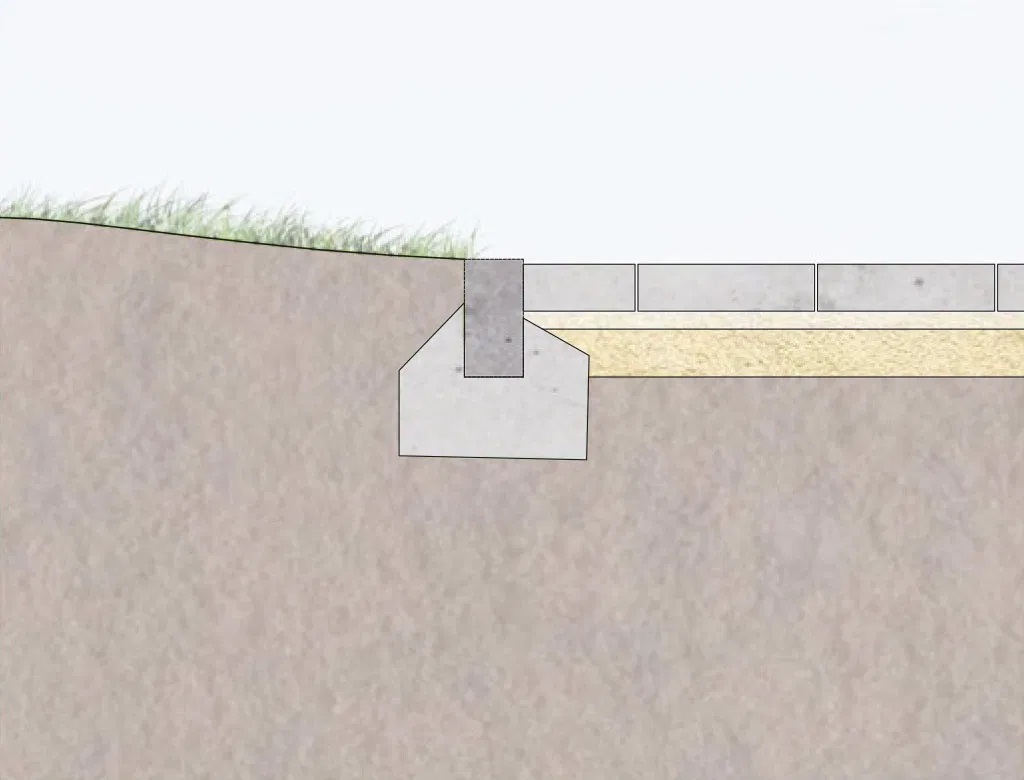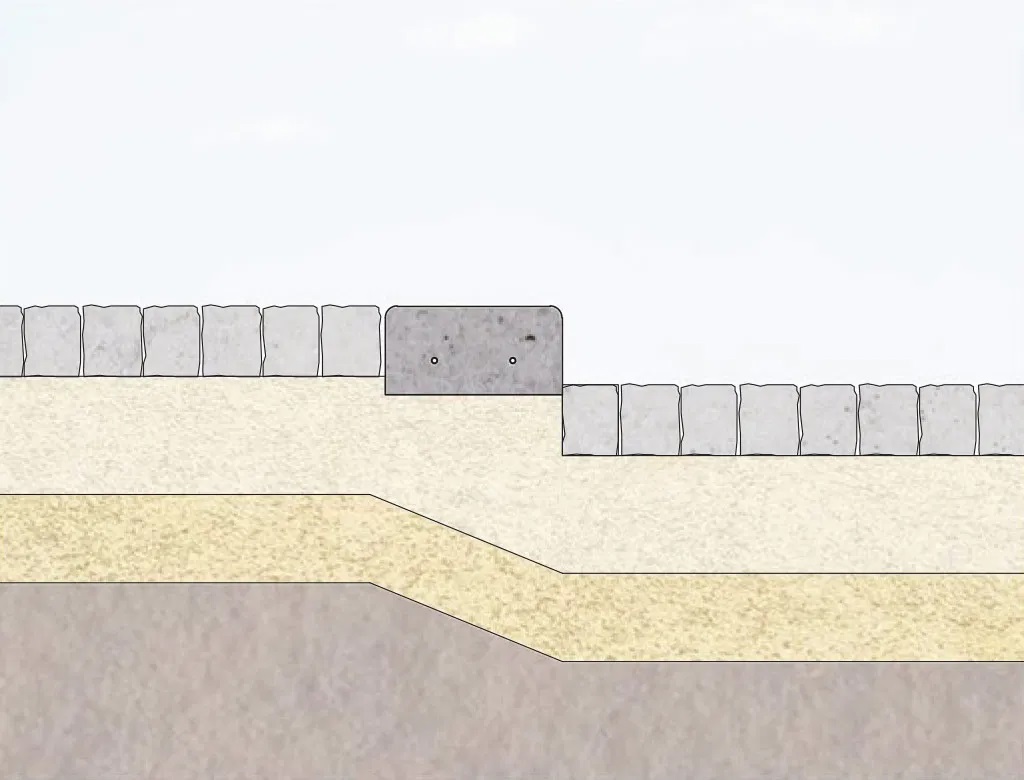Reducing CO2 emissions and throwaway concrete by casting BetoFormos concrete products
We all understand that today, we cannot avoid the use of cement, but we can choose products, solutions and technologies that allow us to significantly reduce the consumption of concrete amounts. Our responsible choice can significantly reduce the negative impact on the environment throughout the entire service life cycle of buildings, during which the manufactured product or structure must conserve energy resources, be economically and environmentally efficient. In order to achieve an optimal balance between meeting needs and harmony of people with the environment, it is necessary from the stage of the project vision to think about the innovative materials and technologies to be used, their properties throughout the operational period, as well as the impact during the demolition process of the product or structure, as well as possible secondary adaptation of demolition waste, thus reducing the environmental pollution.
Below there are examples of how to reduce CO2 emissions and throwaway concrete amounts when choosing BetoFormos concrete products. Casting concrete curbs, edgings and demarcations and fastening them with flexible steel ropes instead of concreting them on concrete layers and adding additional concrete as support to by concreting edges can help save significant amounts of concrete while reducing CO2 emissions into the environment. A large part of the used concrete, which is used today in the installation of conventional concrete curbs, edgings, walls, is hidden under the ground and is not visible externally, and when choosing the cast products of BetoFormos, you do not waste additional concrete for piles, for fixing the sides of the product, and do not hide the product underground, therefore, by doing this you use less concrete, while also reducing CO2 emissions.
Information for reflection
Portland cement has become the most popular binding material and the most important component of concrete. At present, the global production of this product amounts to 5 billion tonnes per year, i.e. more than the sum of all other artificial materials. It is the second product, after water, used by the inhabitants of the earth. However, the Portland cement industry faces a number of challenges due to climate change. The first is that, due to the large scale, the energy consumption of the companies that produce it accounts for as much as 12-15% of the total industrial energy consumption of the world. The second important problem is the high level of harmful greenhouse gas emissions: about 5 % of the total CO2 produced by mankind is emitted, as production of 1 t of Portland cement generates as much as 0.9 t of CO2 emissions. The annual global CO2 emissions of the industry are projected to reach between 3.7 and 4.4 billion tonnes in 2050.
In recent years, sustainable construction solutions have become increasingly important in the global construction market. Not only the functionality of infrastructure and structures but also environmental aspects are becoming important to society. This often becomes a challenge not only for business representatives developing projects but also for designers and state institutions that regulate construction design and construction processes.







